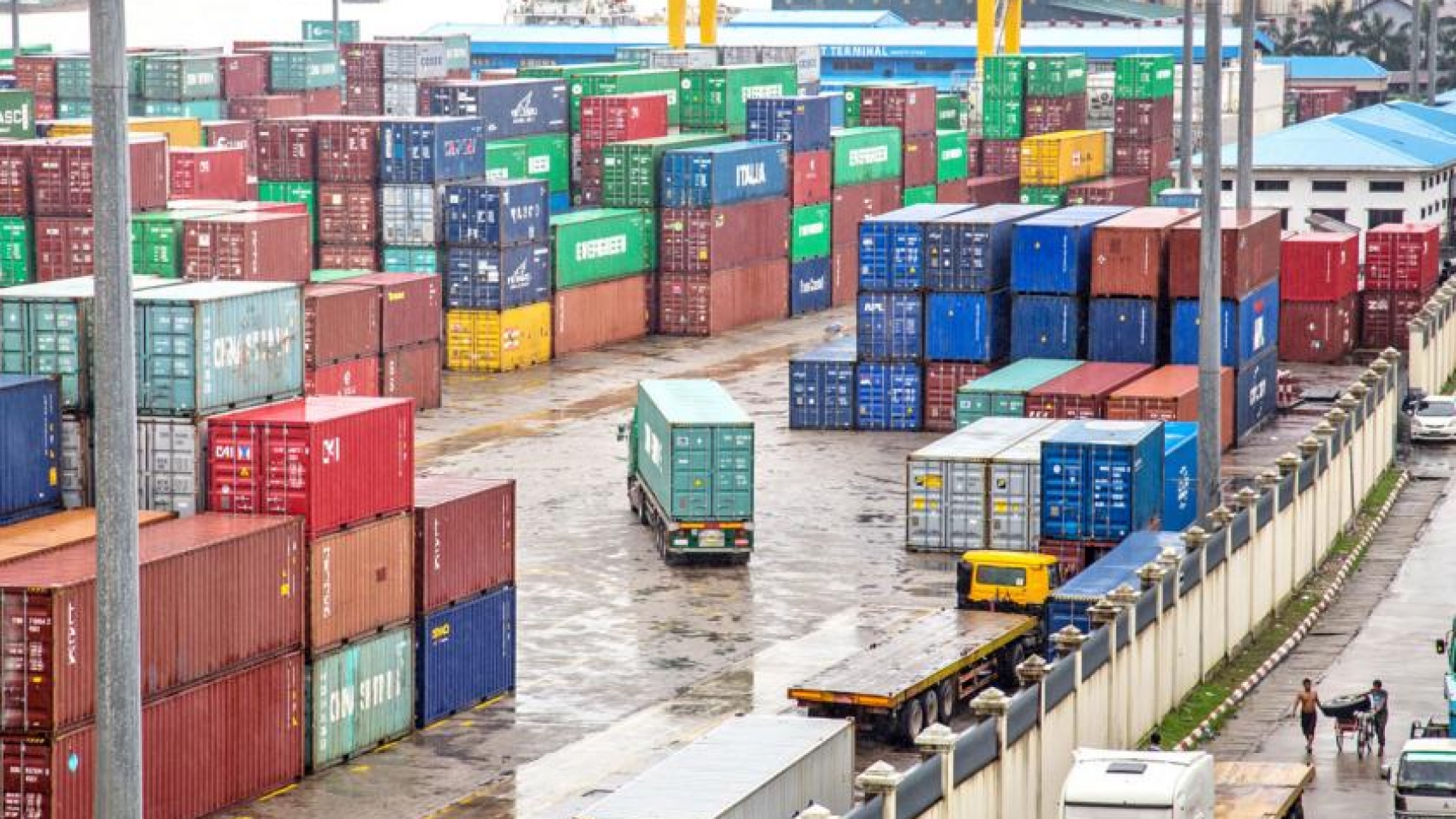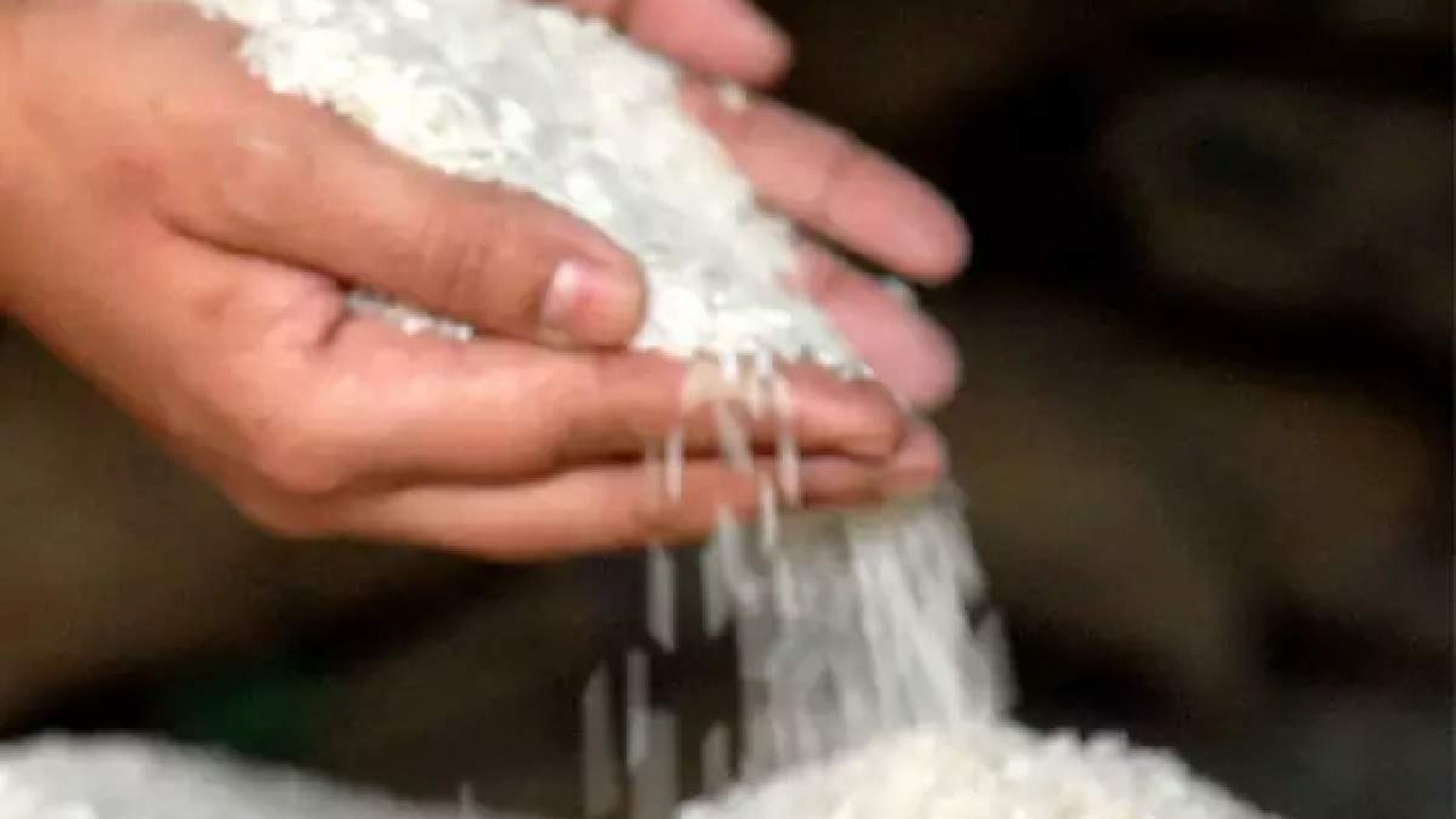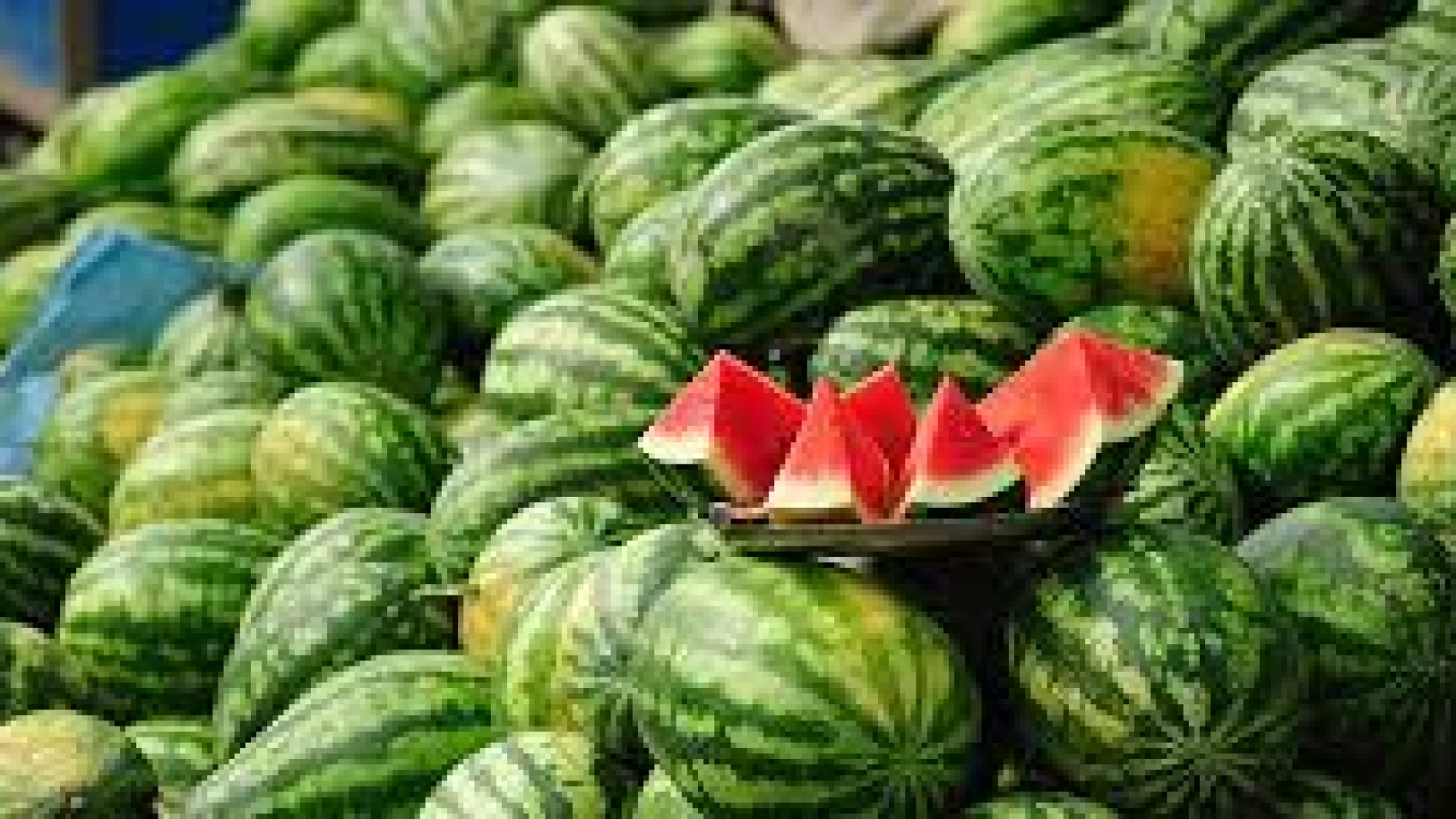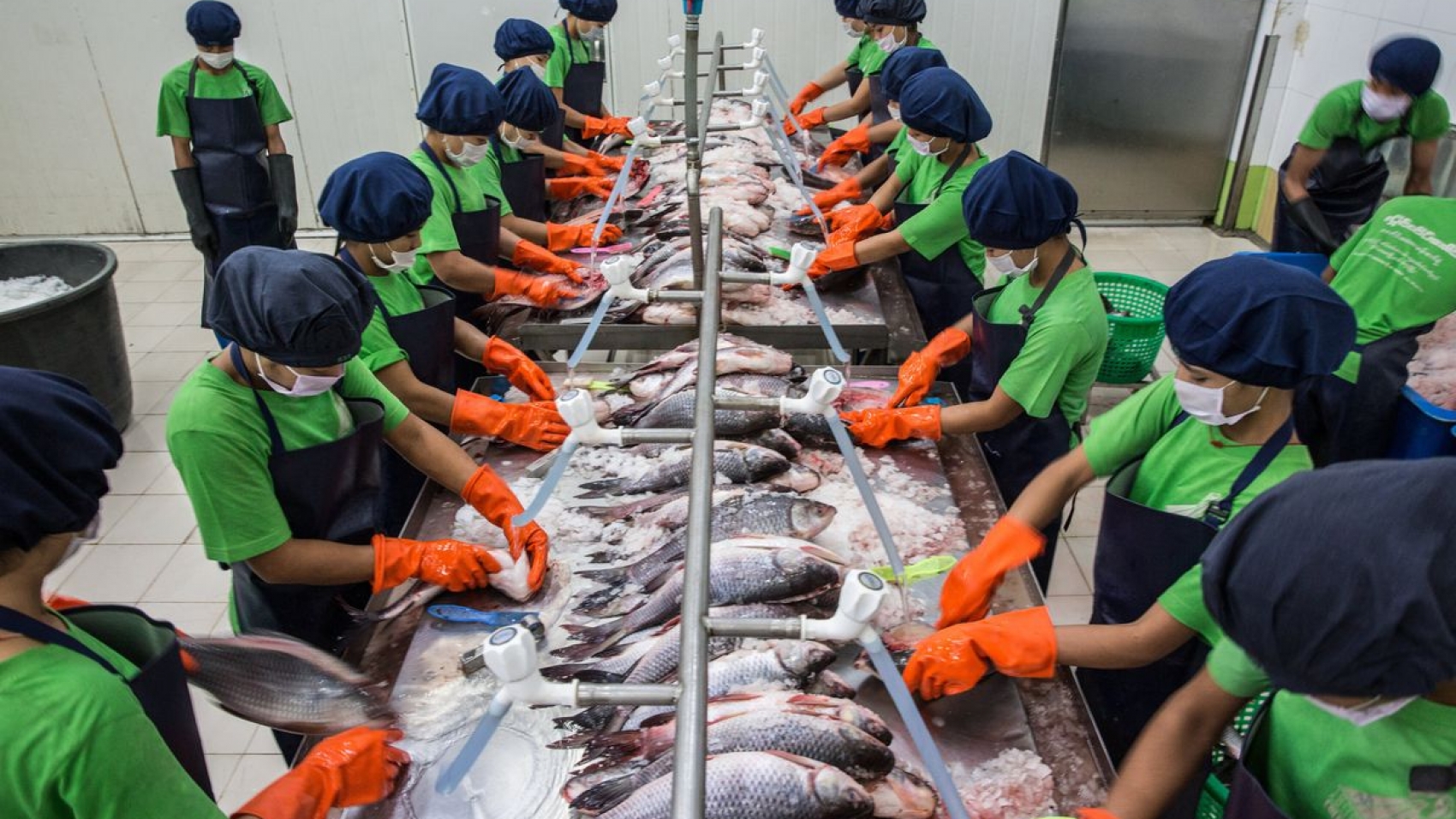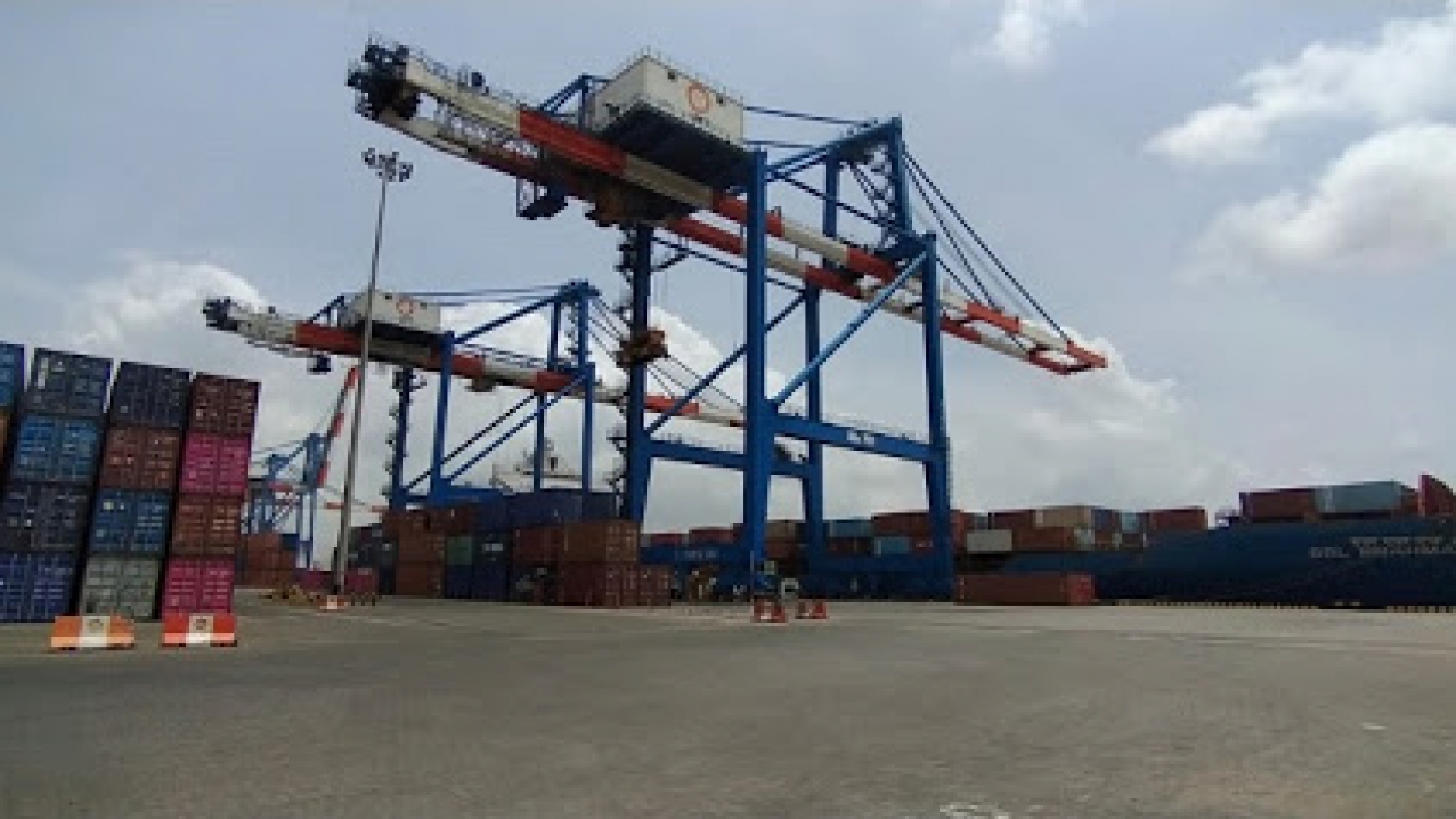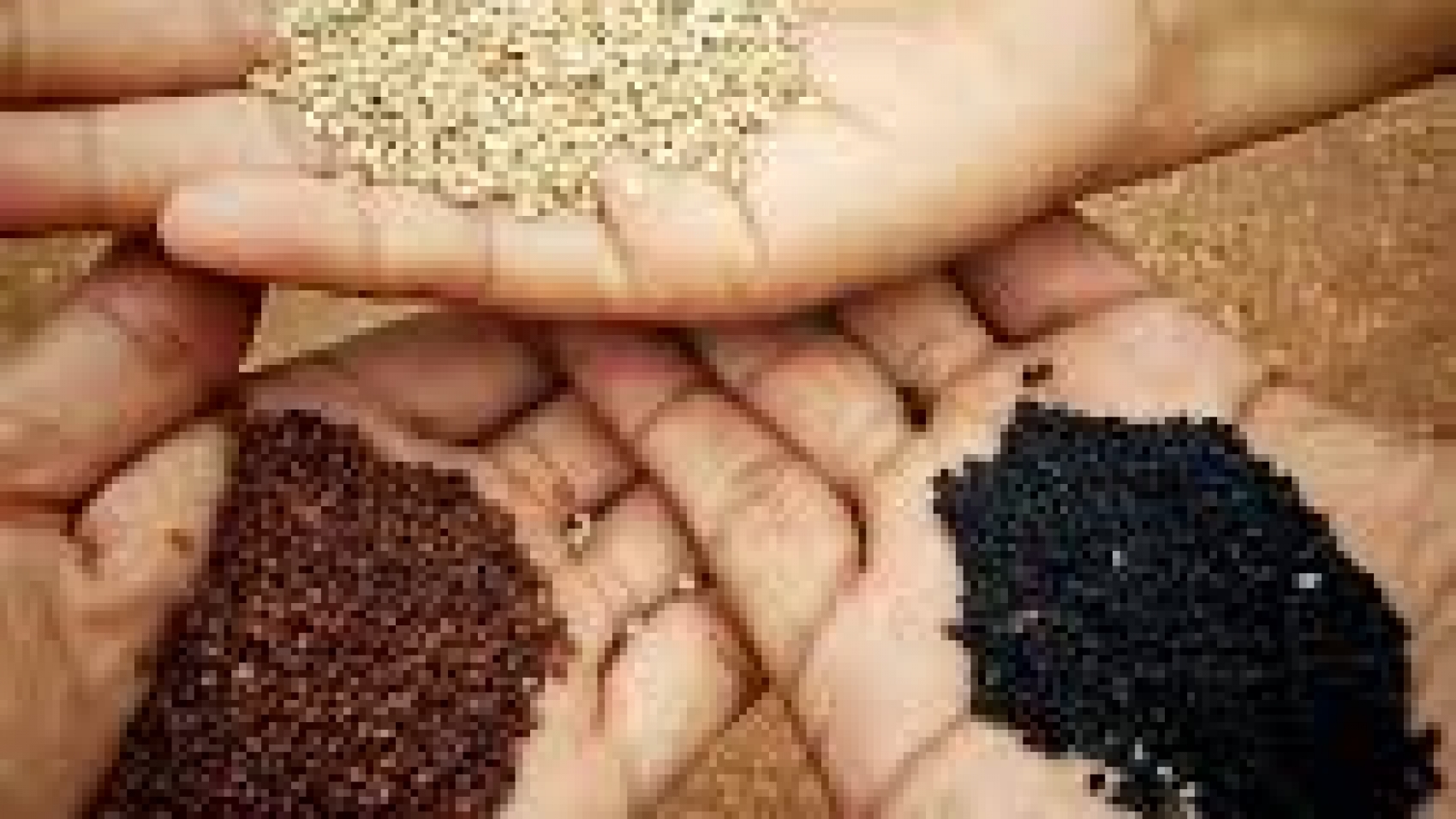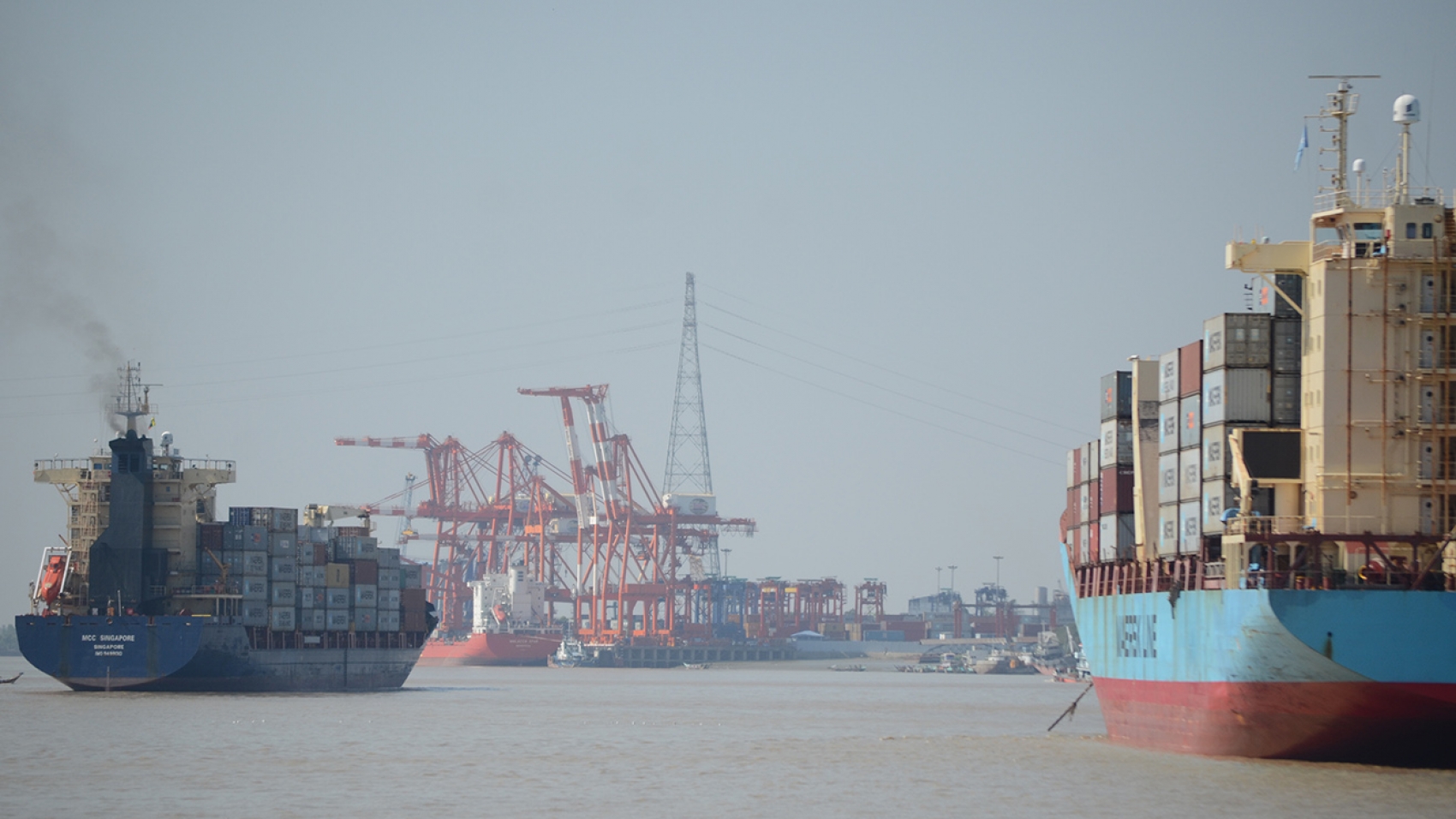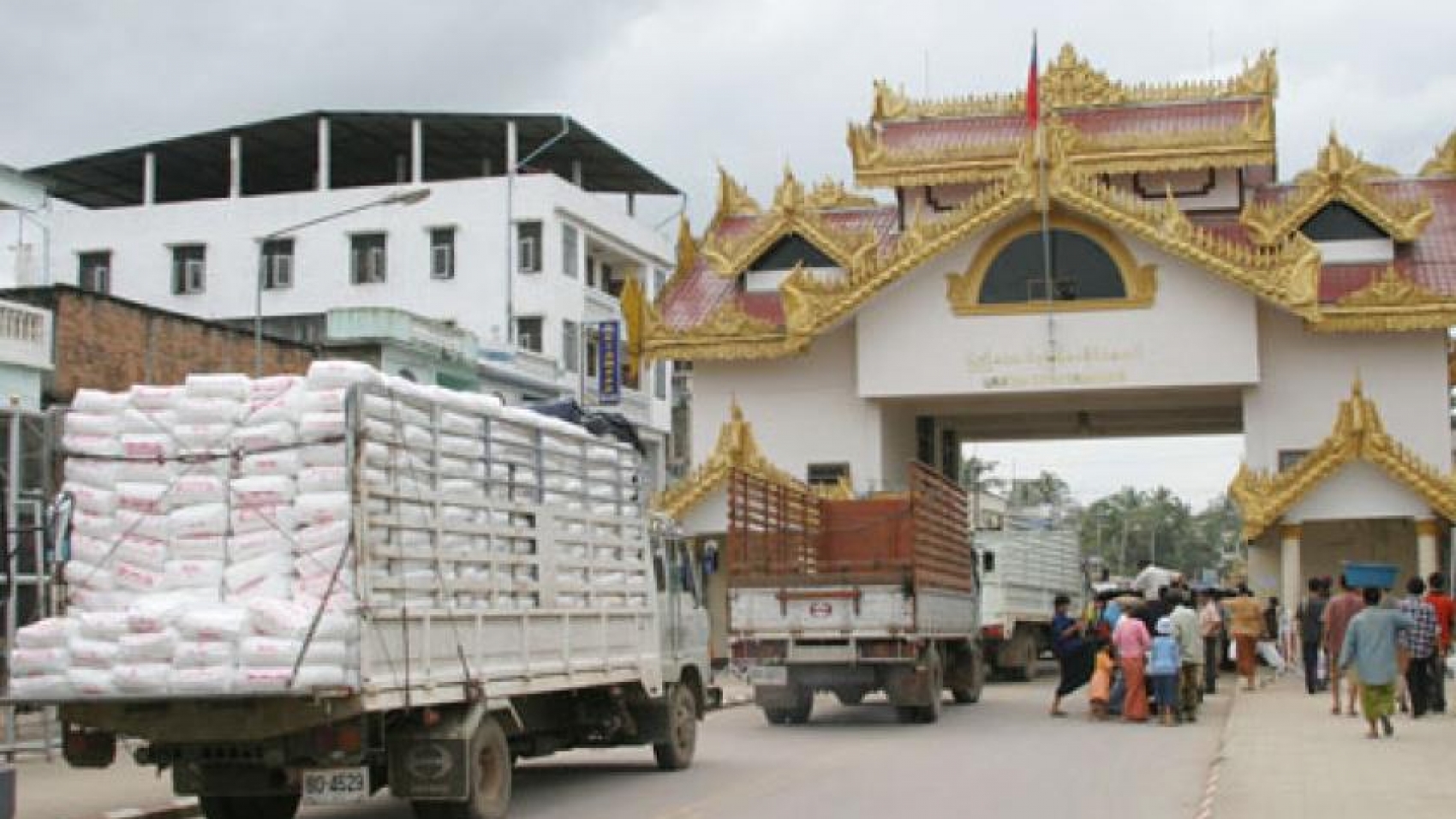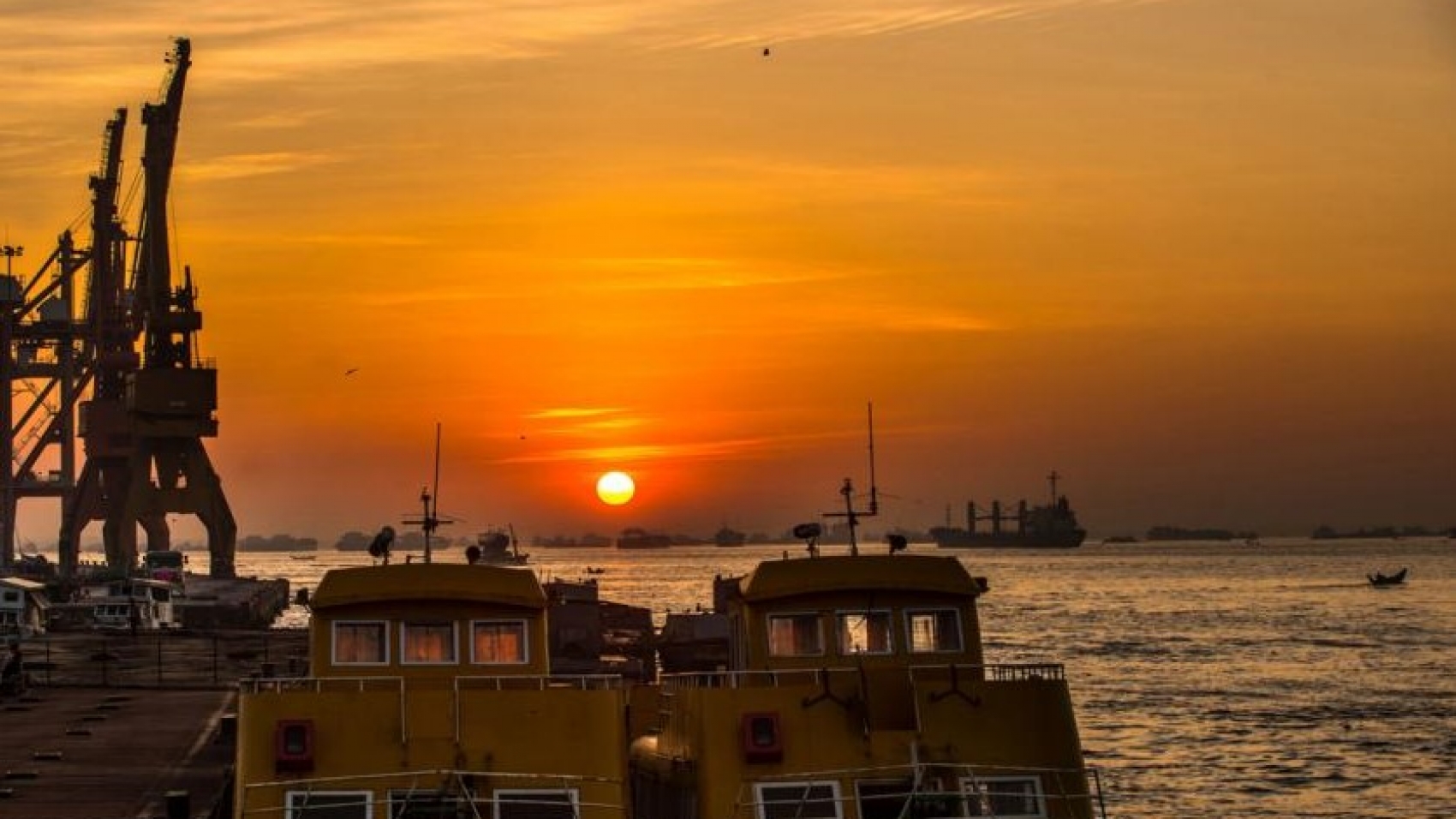MYANMAR trade deficit in goods with Singapore was estimated at US$10.72 billion in the past four years, the statistics issued by the Central Statistical Organization under the Ministry of Planning, Finance and Industry indicated. The value of Myanmar’s bilateral trade with Singapore topped $15.46 billion between the FY2016-2017 and the FY2019- 2020 (as of August). The CSO reported that imports surpassed exports in trade with Singapore in the past four years, with exports reaching over $2.37 billion and imports valued at over $13.09 billion.
Singapore is Myanmar’s second-largest trading partner in the region, after Thailand. It accounted for 10.56 pc of total trade in FY2016-2017 with an estimated trade value of $3.4 billion, 11.59 pc in FY2017-2018 with a trade value of $4.15 billion, 9.98 pc in the FY2018-2019 with $3.5 billion and 12.76 pc in the FY2019-2020 (Oct-August) with $3.64 billion respectively. Myanmar exports agricultural products such as broken rice, pulses, sesame seeds, onion, footwear, textiles and clothing, minerals, and other products to Singapore.
At the same time, it imports plastic, fuel oil, edible oil, transport equipment, chemical elements and compounds, wheat flour, pharmaceutical products, dairy product and consumer products. Next, Singapore is the top source of foreign direct investments into Myanmar in the incumbent government period, bringing in the capital of $10.9 billion by 124 Singapore-listed enterprises, according to data released by the Directorate of Investment and Company Administration (DICA). Singapore companies put investments into urban development, real estate, power and manufacturing sectors.
Source: The Global New Light of Myanmar

